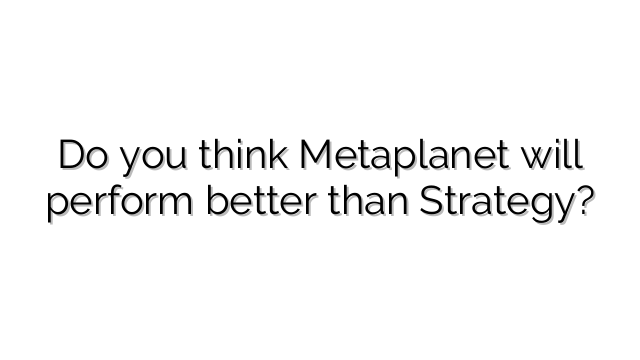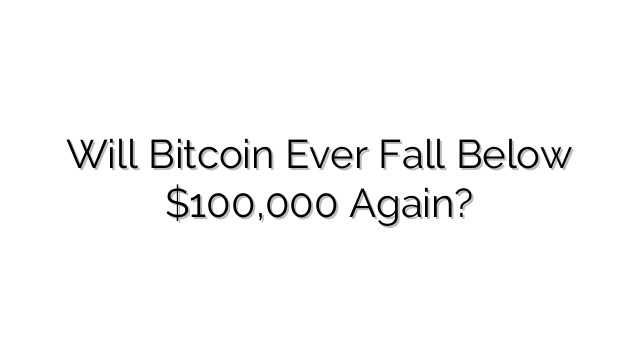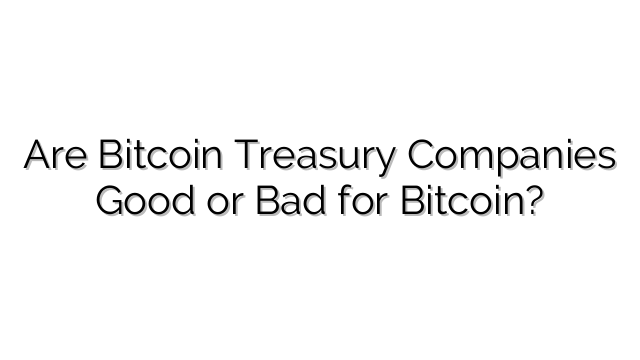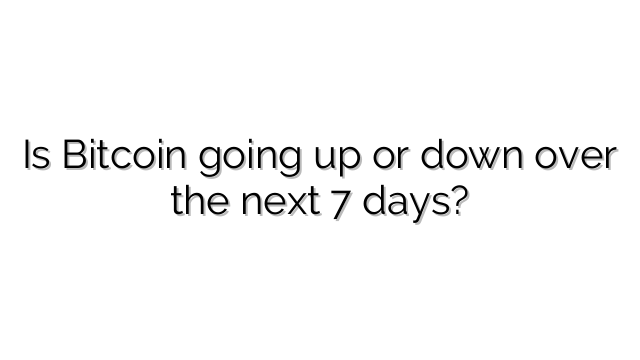Bitcoin Price in 2030: Drivers, Scenarios & How to Think About Your Vote
Our poll asks a single question: What is the Bitcoin price on 12/31/2030?
Below you’ll find a concise framework to reason about year-2030 outcomes—what could push BTC higher,
what might cap the upside, and which signals to watch. Cast your vote above, then use this guide to
stress-test your range. Nothing here is financial advice.
Why 2030 matters
- Post-2028 halving environment: After the 2028 halving, new issuance falls to ~225 BTC/day (~82k/year), reducing structural sell pressure compared with ~450/day post-2024.
- Mature market rails: Spot ETFs, institutional custody, and better market structure may funnel more conservative capital into BTC over the next cycle.
- Utility layers: Ongoing progress on payment and scaling layers (e.g., Lightning and other L2s) can broaden real-world use without touching the base layer’s security model.
Key demand/supply drivers into 2030
- Global liquidity & real yields: Easier financial conditions and a softer USD historically support risk assets; tight policy and rising real yields do the opposite.
- ETF & institutional flows: Net creations/redemptions in spot ETFs act as transparent demand signals; persistent inflows can underpin multi-year trends.
- Corporate/sovereign adoption: Balance-sheet allocations by companies or nation-states can create reflexive narratives, media attention, and incremental demand.
- Holder behavior: Rising long-term holder supply and falling exchange balances typically imply tighter float; the opposite implies distribution.
- Miner economics: With lower subsidies post-2028, miners rely more on price, fees, and efficiency. Stress can force selling; healthy margins reduce it.
- Regulation & market structure: Clear rules and high-quality custody boost participation; adverse actions dent sentiment and access.
- Leverage & derivatives: Funding, basis, options skew, and open interest can amplify moves in both directions.
Scenario map for 12/31/2030
Use these illustrative paths to pick your range. Markets evolve—update as new data arrives.
| Scenario | Narrative | Typical Poll Ranges |
|---|---|---|
| Bearish | Higher-for-longer rates, strong USD, weak ETF inflows, regulatory drag. On-chain shows distribution and miner stress. | $0 – $99,999 |
| Base | Moderate liquidity, steady ETF demand, clearer rules, miner stability. Gradual adoption, episodic volatility. | $100,000 – $499,999 |
| Bullish | Liquidity tailwinds, strong institutional/sovereign headlines, shrinking exchange float, call-heavy options skew. | $500,000 – $1,999,999 |
| Super-bull | Reflexive “store-of-value” rush, multi-year ETF creations, widespread treasury allocation, and fee markets maturing. | $2,000,000 – $10,000,000+ |
Signals to watch (your 2030 dashboard)
- Net ETF creations (weekly/monthly trend)
- Real yields & DXY (macro backdrop)
- Long-term holder supply vs. exchange balances
- Miner revenue & hashprice post-2028
- Options term structure & skew (hedging/positioning)
- Stablecoin liquidity near exchanges/payments
Risks & wild cards
- Unfavorable regulation or market-structure shocks
- Macro shocks (growth, credit, liquidity) that tighten conditions
- Security or implementation failures in surrounding infrastructure (custody, exchanges, bridges, L2s)
- Sharp deleveraging after crowded positioning
FAQ
Why such wide poll ranges?
By 2030, multiple cycles and policy regimes will have played out. Wide bands reduce false precision and let voters
express probability-weighted views.
Is $0 realistic?
It represents tail risk in the poll (e.g., catastrophic failure or permanent ban). Most voters will likely use it as
a low-probability boundary rather than a base case.
What’s the simplest way to update my view?
Track three things: net ETF flows, real yields/DXY, and long-term holder vs. exchange balances. Re-assess
when any of these move materially.
Reminder: This article is educational, not investment advice. Do your own research.
Now vote above and share the poll—crowd forecasts get better with more independent inputs.





